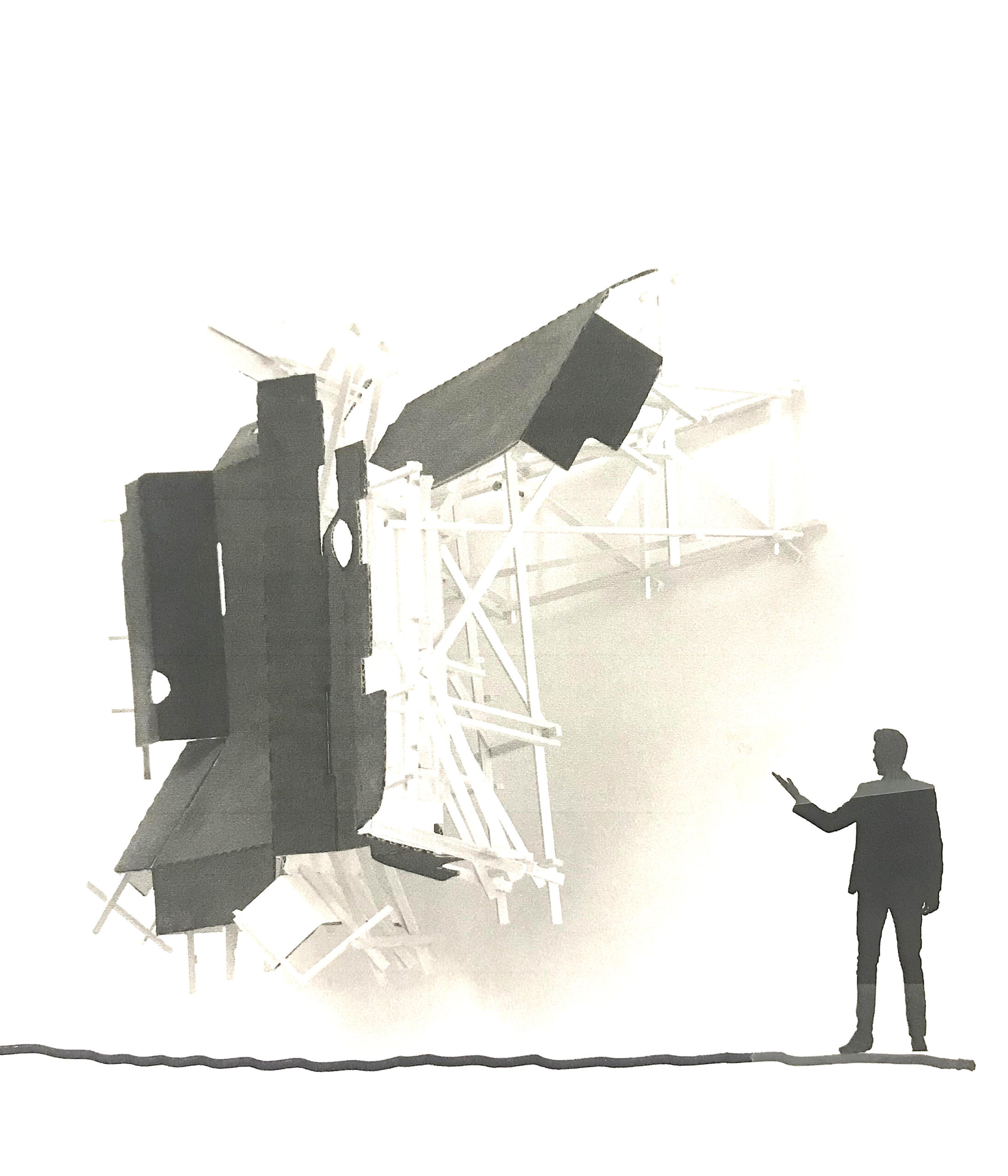
Have you ever noticed that when we interact with someone in an empathetic manner our facial expressions will change and often mimic the expressions of the person with whom we are interacting? Researchers have established that our brains take cues regarding our emotions from sensations generated by our body. We use our body to experience, simulate and share emotions — to actually feel the emotions others are experiencing. One of the most interesting findings was that people who had Botox treatments were less able to generate facial expressions and as a result were less accurate in judging the emotions of others. Another way we understand and process information, ideas and events is through embodied imagination. Rather than processing a situation from a neutral or impartial perspective, we imagine ourselves in that situation and simulate what it would be like personally. This self-focused approach has proven to be an incredibly effect cognitive strategy.
As unscientific as this strategy might seem, it ironically has led to numerous significant scientific discoveries. Most famously is the example of Einstein imagining himself riding on a beam of light, which eventually led to the development of the Theory of Relatively. Another well documented example is Jonas Salk, inventor of the polo vaccine, who would regularly picture himself as a virus or cancer cell. I don’t know when it began but I don’t remember a time when I did not project myself into or imagine myself in various situations and environments. I am particularly proficient at projecting myself into spaces, small objects or works of art and then changing the scale or the size of my body in relationship to it. This is one of the primary ways I navigate life. When I talk to others, I am shocked at how few people engage in this type of activity. The image shown here is a quick sketch that simulates one of my art pieces at a larger scale. The original work measured only 28” x 18” X 12”.
